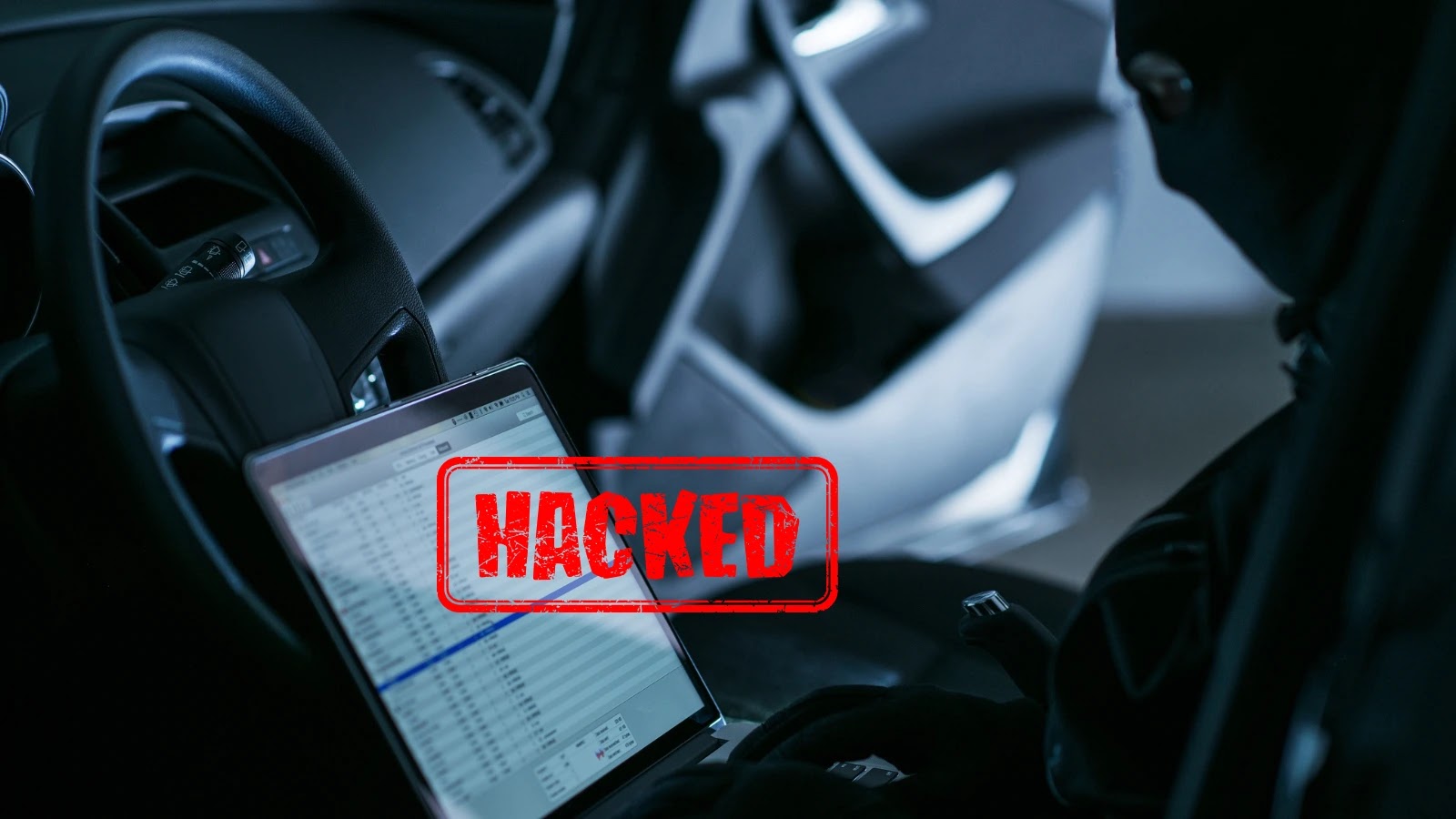
Critical Vulnerability in Carmaker Portal Let Hackers Unlock the Car Remotely
A chilling revelation recently emerged from the cybersecurity landscape: a critical vulnerability within a major carmaker’s dealer portal allowed unauthorized actors to gain unprecedented control, potentially leading to remote vehicle manipulation. This incident underscores the inherent risks present in complex interconnected systems and highlights the paramount importance of robust security practices in the automotive industry.
The Anatomy of a Critical Car Portal Vulnerability
The reported flaw resided in a prominent car manufacturer’s dealer portal, a system typically used by dealerships for various administrative tasks, including vehicle registration and servicing. The vulnerability exposed a profound weakness in the portal’s security architecture, specifically within its Java/SAP backend and AngularJS frontend. Attackers discovered and exploited a hidden registration form, a feature presumably for internal use, that was not properly secured.
By registering through this hidden form, malicious actors could then escalate their privileges from a standard dealer account to that of a national administrator. This level of access is akin to having the master key to a vast automotive network, providing the capability to manage dealership operations across an entire country. The most alarming aspect of this privilege escalation was its direct link to vehicle control—the ability to remotely unlock and potentially manipulate cars.
While a specific CVE-2023-XXXXX number for this particular vulnerability has not been publicly assigned at the time of this writing, its characteristics align with common web application vulnerabilities such as:
- Broken Access Control: Failure to properly restrict access to authenticated users, allowing privilege escalation.
- Improper Authentication: Weaknesses in the registration process that allowed unauthorized user creation.
- Information Disclosure: The presence of a hidden, yet accessible, registration form that should have been secured or removed.
The Peril of Remote Vehicle Access
The implications of this vulnerability are severe. Beyond the immediate threat of unauthorized vehicle unlocking, which could facilitate theft, the potential for wider malicious activity is significant. A national administrator account might permit:
- Data Exfiltration: Access to sensitive customer and dealership data.
- Supply Chain Disruption: Tampering with vehicle orders, inventory, or service schedules.
- Reputational Damage: Significant loss of trust for the car manufacturer and its brand.
The ability to remotely control vehicle functions, even if limited to unlocking, represents a critical security lapse. As vehicles become increasingly connected and integrated with manufacturer systems, the attack surface expands, making such vulnerabilities a high-priority concern for both the automotive and cybersecurity industries.
Remediation Actions and Best Practices
Addressing vulnerabilities of this nature requires a multi-faceted approach, combining immediate fixes with long-term security enhancements.
Immediate Steps:
- Patching and Disabling: The immediate priority is to disable or remove the exploited hidden registration form and patch any underlying access control flaws.
- Audit and Revoke: Conduct a thorough audit of all national administrator accounts, revoke any unauthorized access, and reset credentials for legitimate accounts.
- Incident Response: Activate the incident response plan to investigate the scope of the breach, identify affected systems, and notify relevant stakeholders.
Long-Term Security Enhancements:
- Thorough Code Review: Implement rigorous code review processes, focusing on authentication, authorization, and session management within both backend and frontend applications.
- Penetration Testing: Regular, comprehensive penetration testing by independent security experts is crucial to identify hidden vulnerabilities before they are exploited by attackers.
- Secure Development Lifecycle (SDL): Integrate security considerations throughout the entire software development lifecycle, from design to deployment.
- Principle of Least Privilege: Ensure that users and systems are granted only the minimum necessary permissions to perform their functions.
- Input Validation and Sanitization: Implement robust input validation to prevent manipulation of forms and data.
- Web Application Firewalls (WAFs): Deploy WAFs to detect and block common web-based attacks.
Tools for Detection and Mitigation
Organizations can leverage a variety of tools to proactively identify and mitigate similar web application vulnerabilities:
| Tool Name | Purpose | Link |
|---|---|---|
| OWASP ZAP (Zed Attack Proxy) | Automated security testing for web applications, including detection of hidden forms and access control issues. | https://www.zaproxy.org/ |
| Burp Suite Professional | Comprehensive web vulnerability scanner and proxy for manual and automated security testing. | https://portswigger.net/burp |
| Acunetix | Automated web application security scanner for identifying various vulnerabilities. | https://www.acunetix.com/ |
| Nessus | Vulnerability scanner that can detect misconfigurations and unpatched software in web servers hosting portals. | https://www.tenable.com/products/nessus |
| Sonarqube | Static Application Security Testing (SAST) tool for continuous inspection of code quality and security vulnerabilities during development. | https://www.sonarqube.org/ |
Key Takeaways for Automotive and Enterprise Security
This incident serves as a stark reminder of several critical aspects in modern cybersecurity:
- The Expanding Attack Surface: As more products and services become connected, the potential entry points for attackers multiply. Every connected system, from a car portal to an IoT device, is a potential vulnerability.
- Hidden Functionality Risks: Features or forms intended for internal use, if not rigorously secured or fully removed, pose significant risks when exposed to the public internet.
- Privilege Escalation is Paramount: Attackers often seek the highest possible privileges. Robust access control mechanisms and regular auditing of user permissions are non-negotiable.
- The Automotive Industry’s Responsibility: With life-critical systems at stake, automotive manufacturers bear a significant responsibility to implement industry-leading cybersecurity practices across all their digital assets.
Proactive security measures, continuous monitoring, and a commitment to integrating security from the ground up are crucial for safeguarding against such high-impact vulnerabilities in an increasingly connected world.





